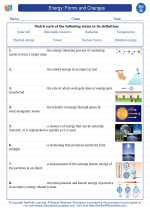What is Ionic Bonding?
Ionic bonding is a type of chemical bonding that involves the transfer of electrons from one atom to another. This transfer of electrons results in the formation of positively and negatively charged ions, which are then attracted to each other by electrostatic forces, forming an ionic bond.
How Ionic Bonding Works
When an atom loses one or more electrons, it becomes a positively charged ion, or cation. When an atom gains one or more electrons, it becomes a negatively charged ion, or anion. The oppositely charged ions are then attracted to each other, forming a strong bond due to the electrostatic forces between them.
Properties of Ionic Compounds
Ionic compounds typically form crystalline structures with high melting and boiling points. They are also good conductors of electricity when dissolved in water or melted, but not in their solid state.
Study Guide for Ionic Bonding
Key Concepts
- What is an ionic bond?
- How are ions formed in ionic bonding?
- What are the properties of ionic compounds?
Key Terms
Practice Questions
- Explain the process of ionic bonding.
- Compare and contrast cations and anions.
- What are the properties of ionic compounds?
- Why are ionic compounds good conductors of electricity when dissolved in water?
Additional Resources
For further study, you can refer to your textbook, online resources, or consult with your science teacher for additional materials and guidance on the topic of ionic bonding.
.◂Science Worksheets and Study Guides Seventh Grade. Energy: Forms and Changes

 Worksheet/Answer key
Worksheet/Answer key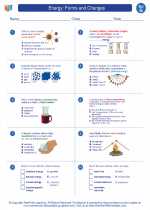
 Worksheet/Answer key
Worksheet/Answer key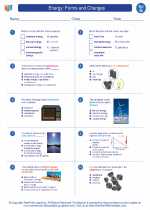
 Vocabulary/Answer key
Vocabulary/Answer key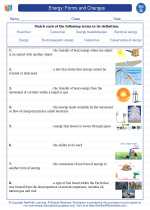
 Vocabulary/Answer key
Vocabulary/Answer key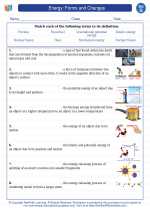
 Vocabulary/Answer key
Vocabulary/Answer key